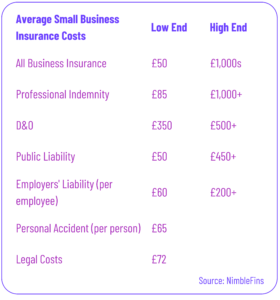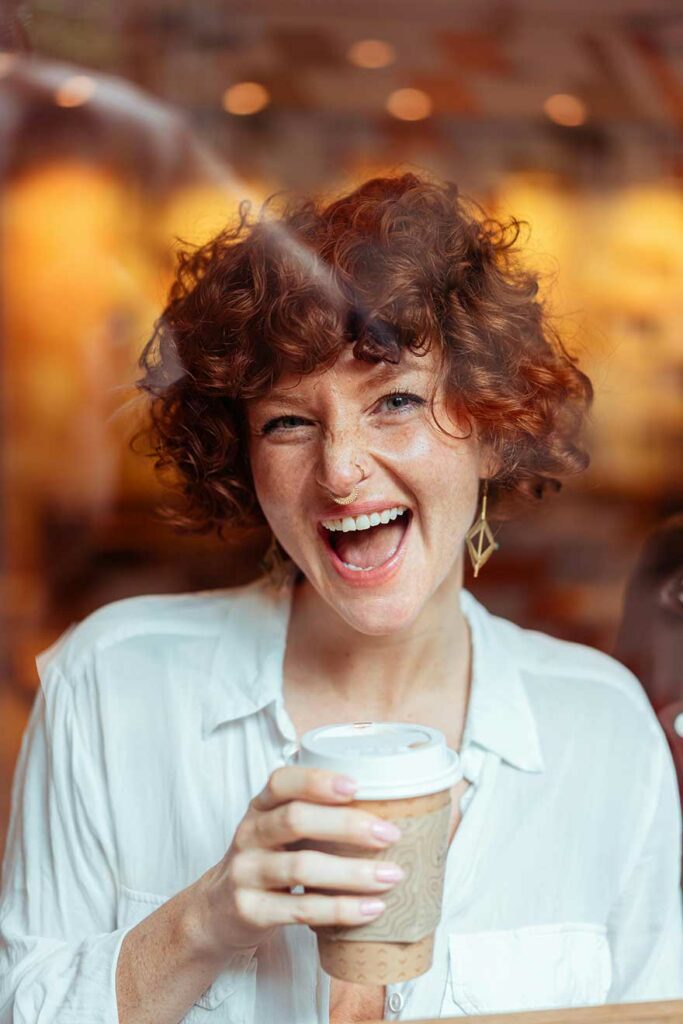How much does it cost to buy and run a café? Or how long is a piece of string?
There are unnumerable factors that will determine the costs involved in buying and running a café, many of which may be outside your control – from the government’s tax and business rates policies, through to inflation and consumer confidence.
The good news, however, is that there are many factors within your control, such as location, pricing strategy, and market positioning, which will determine whether your trendy brunch bar or homely coffee shop sinks or floats.
How much does it cost to buy a café?
While starting from scratch can be exciting, buying an existing business offers a host of advantages – from a ready-made customer base, established infrastructure, existing staff, through (most importantly) to a proven business model.
The average café sold in the UK can go from anywhere between £10,000 and upwards of £3 million, depending on variables such as turnover and profitability, location, size, inclusion of the property, and the brand name and other intangible assets.
A reliable valuation method for an owner-operated business typically involves multiplying the café’s EBITDA (Earnings Before Interest, Taxes, Depreciation, and Amortization) by the market multiple, and then adding or subtracting any assets and liabilities.

Assets will include everything from the fancy-schmancy espresso machine and POS system and cash register through to the café’s furniture and cutlery.
Other less tangible assets may also play a role in determining a café’s asking price, such as brand name and logo, digital assets and social media presence, and goodwill.
How much does it cost to run a café?
Your main outgoings
Business rates
Business rates are not your friend, but they are a necessary cost of running a café. To estimate your business rates, use the official government website.
One small glimmer of redemption is that there are lots of reliefs available, including (but not limited to):
- Small business rate relief
- Relief for retail, hospitality and leisure properties
- Relief for being the only business in a rural area
Staff costs
“Hell is other people”, said Sartre. But they’ll also be necessary to keep your café ticking over without your constant oversight.
Unfortunately, they’ll probably be one of the biggest expenditures on the balance sheet.
As of April 2024, the Government’s National Living Wage stands at £11.44 and the real living wage stands at £12. For a member of staff working a 40 hour week, this equates to an annual salary of £23,795.20 and £24,960, respectively.
With the staff shortage currently affecting the hospitality sector, café owners would do well to invest in staff retention, offering a competitive salary and other on-the-job perks, to avoid the costs associated with rehiring. Large retailers such as Aldi have recognised this, increasing their minimum hourly wage to £12.40 (or an annual wage of £25,792 for a 40-hour working week), as of March 2024.
Rent/commercial mortgage repayments
It goes without saying that property expenses will be one of your largest recurring costs, either as:
- Rent paid to a landlord, or
- Mortgage payments to a lender (if you’ve purchased the property)
The actual amount varies based on factors like size and location of your restaurant.
Value-added tax (VAT)
Once the café meets the VAT registration threshold, it will need to register for VAT.
As of April 1, 2024, the turnover threshold at which companies need to register for VAT was £90,000, up from £85,000.
The café must register for VAT if either:
- Its taxable turnover exceeded £90,000 in the past 12 months
- Its taxable turnover is projected to surpass £90,000 in any 30-day period
Café food and drink sales typically fall into two VAT categories: standard rate (20%) and zero rate (0%). The key factor in determining the VAT rate is whether items are consumed on-site or taken away.
Insurance
A necessary evil, business insurance will protect you should disaster strike.
You’ll probably need everything from public and products liability insurance, business contents insurance, commercial property insurance, and if you employ people, employer liability insurance.
According to NimbleFins, the average cost of public liability cover in the UK is £118 per year, and the average cost of employers’ liability insurance is between £60 and £210 per employee, depending on how physically risky their job is.

Utilities such as electricity and gas, repairs and maintenance
There’s been a slew of news stories in recent months reporting on hospitality venues shutting up shop due to rising energy bills and utilities.
At least for now, business owners are still in for a rocky ride. While energy prices have fallen this summer, they are due to rise again in Autumn 2024 and currently remain well above pre-“energy crisis” levels, according to a House of Commons Research Briefing.
Cafés will need to run on carefully-calculated margins to remain profitable. Investing in energy-efficient appliances or even investing in renewable energy sources such as solar panels or ground/air source heat pumps may all be feasible options for reducing your utilities bill.
Marketing costs
“Build it and they will come,” said Ray Kinsella in Field of Dreams. Unfortunately, that is not always the case in business.
Standing out in the market will require concerted marketing efforts. This might include paid digital ads, running social media marketing campaigns, creating a website, email marketing, or leafletting. You may even wish to hire freelance help, such as videographers/photographers, social media marketing managers, or web development/SEO professionals.
One rule of thumb that has been bandied around is that a café marketing budget should make up between 3% and 6% of sales.
Yearly business licence costs
Opening and operating a restaurant requires specific licences and registrations, so you’ll need to budget for the premises licence fee in your annual expenses.
Premises licenses’ annual charges can vary from £70 to £350 depending on the non-domestic rateable value (NDRV) of your premises (this will be detailed on your council tax bill).
Inventory and stock
A well-managed cafe typically aims for a food cost ratio between 28% and 35% of revenue, assuming a fully-stocked inventory and no supply chain disruptions.
Fortunately, cafés generally have smaller menus than restaurants, which generally lead to lower inventory costs and more focused inventory management.
To remain cost-competitive and profitable, think about micro-drivers of cost reduction, such as small reductions in portion sizes, removing underperforming menu options, using versatile ingredients across multiple dishes, or focusing on high-margin items.
You should also focus on securing bulk purchasing discounts to reduce per-unit costs, while continuously exploring alternative suppliers to ensure competitive pricing.

